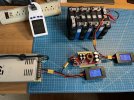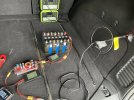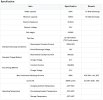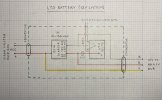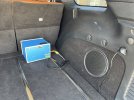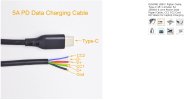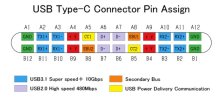GPak
Active Member
Before I start on LTO battery, I want to remind / let you know, that currently I am running two Viofo Mini2 Dash Cams, front and rear, using, off-the-shelf LFP based Power Station, which provides a lot more energy capacity and versatility for a lot less money compere to dedicated Dash-Cam Batteries.
I believe that use of suitable LFP based Power Station is the simplest, the most affordable and probably the best, option available for a parking battery. It is safe, full of functionality and very easy “Plug and Play” installation.
Here is the link to the thread with all the details, LTO is next:
 dashcamtalk.com
dashcamtalk.com
I believe that use of suitable LFP based Power Station is the simplest, the most affordable and probably the best, option available for a parking battery. It is safe, full of functionality and very easy “Plug and Play” installation.
Here is the link to the thread with all the details, LTO is next:
Parking Battery-Power Station, 3X capacity and 3X cheaper than dedicated options + extra functionality
First, thanks to the members of this forum for posting great reviews and comments to help people like me choose the DashCam that suits their specific needs. Now, I want to share my project here and maybe help people, who do not want to mess with a car battery and fuse box but are hesitant to...

